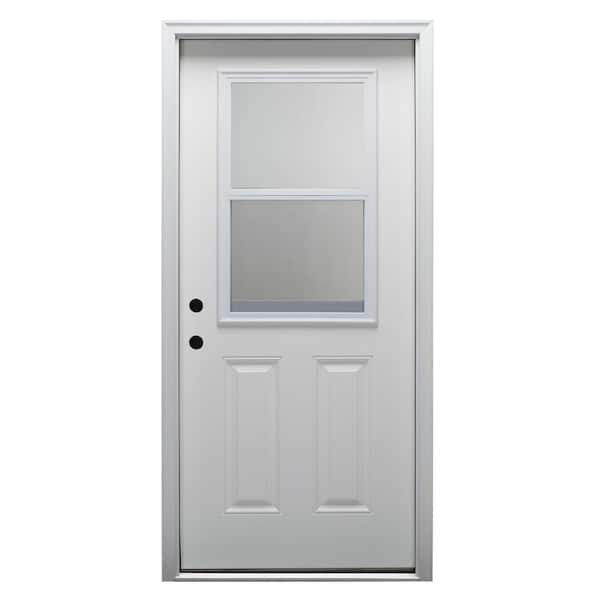Consecutive exterior angles are a pair of angles formed by a transversal and two parallel lines. Consecutive exterior angles are supplementary, meaning their measures add up to 180 degrees.
When two parallel lines are intersected by a transversal, such as a third line that cuts through them, eight angles are formed. These angles can be classified into pairs based on their locations and relationships. Consecutive exterior angles are pairs of angles located outside the parallel lines and on opposite sides of the transversal.
The measure of one angle and the adjacent angle will always add up to 180 degrees. This property holds true for any pair of consecutive exterior angles formed by parallel lines and a transversal. Understanding consecutive exterior angles can be helpful in various geometrical calculations and proofs.

Credit: www.mensjournal.com
The Basics Of Consecutive Exterior Angles
Consecutive exterior angles are an essential concept in geometry. These angles are formed when a straight line intersects two parallel lines. The definition of consecutive exterior angles is that they lie on the same side of the transversal and outside the parallel lines.
Understanding the relationship between consecutive exterior angles helps in solving various geometric problems. These angles have certain properties and measurements that can be explored. By studying consecutive exterior angles, we gain insights into the symmetry and alignment of geometric shapes.
These angles play a crucial role in theorems and proofs related to parallel lines. Exploring their properties allows us to analyze patterns, make predictions, and solve real-world problems that involve angles and parallel lines. Developing a solid understanding of consecutive exterior angles is fundamental in mastering geometry concepts.
Angle Pairs: Exterior And Interior Angles
Examining the angles that are adjacent to one another, one can distinguish between exterior and interior angles. By utilizing the sum of the consecutive interior angles, it is possible to calculate the consecutive exterior angles.
The Secrets To Working With Consecutive Exterior Angles
Consecutive exterior angles play a vital role in geometry, helping us understand the relationship between various geometric shapes. By applying the exterior angle theorem, we can easily determine consecutive exterior angles. Whether it’s solving problems or utilizing algebraic expressions, these techniques help us find the angles in different shapes.
The beauty of working with consecutive exterior angles lies in their ability to provide insights into the geometry of triangles, polygons, and other figures. With their help, we can effortlessly navigate through complex geometrical problems and uncover the secrets hidden within the angles.
So, let’s dive into the world of consecutive exterior angles and explore the wonders they hold for us.
Conclusion
Understanding consecutive exterior angles is crucial for determining the relationships between angles in geometric figures. By knowing the properties and theorems involved, you can easily solve problems involving these angles. The concept of consecutive exterior angles is applicable in many real-life situations, such as architectural designs, construction work, and even in daily activities like measuring and calculating angles.
Moreover, having a clear understanding of consecutive exterior angles can lead to a deeper comprehension of geometry as a whole, enabling you to solve more complex problems. By following guidelines like using the Exterior Angle Sum Theorem and knowing the relationships between angles, you can successfully find missing angles or prove geometric statements.
So, whether you are a student studying geometry or simply interested in understanding angles, be sure to grasp the concept of consecutive exterior angles, as it will undoubtedly enhance your geometric knowledge and problem-solving skills.






